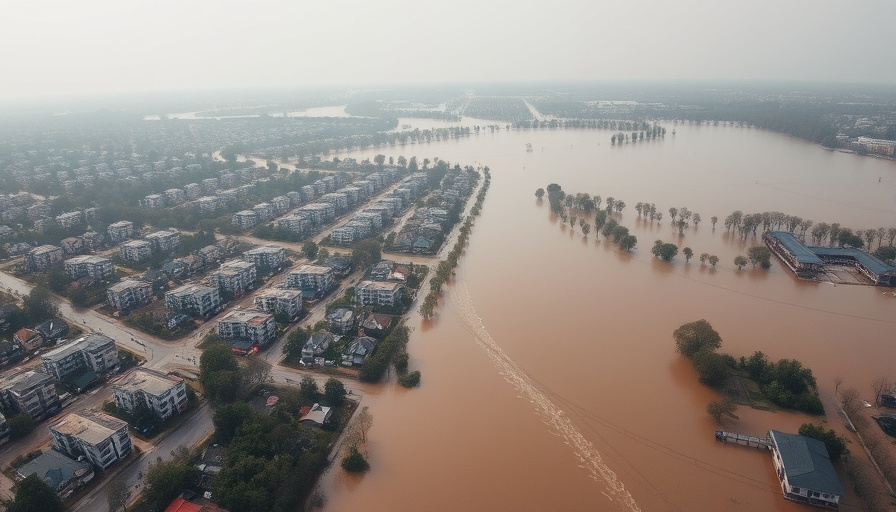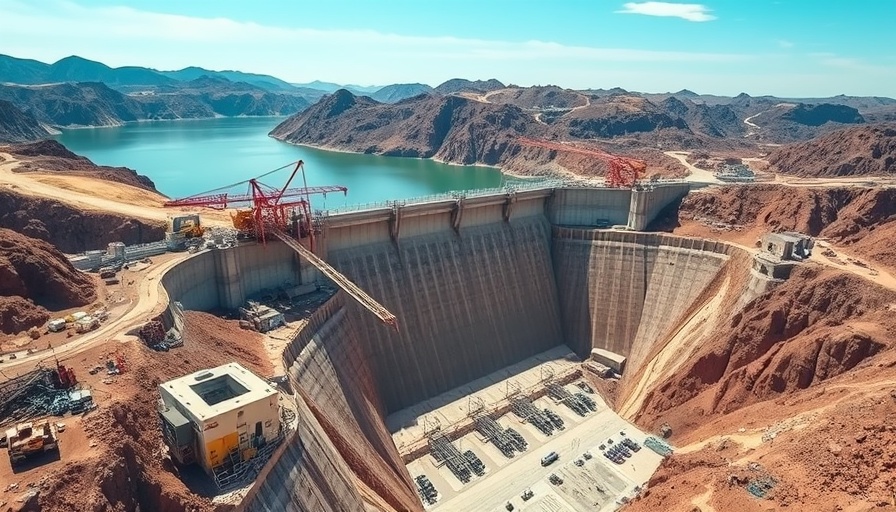
Introduction: The Importance of Stricter Flood Codes
The latest updates to the American Society of Civil Engineers (ASCE) flood protection standards represent a significant step forward in our approach to construction in flood-prone areas. With climate change intensifying the frequency and severity of natural disasters, these changes come at a crucial time for business owners, property developers, and facility managers.
Understanding the Major Changes in ASCE 24-24
ASCE 24-24, released this year, introduces 29 critical modifications since its last revision in 2014. One of the most notable changes is the expansion of regulated flood hazard areas from the 100-year to the 500-year floodplain. This shift demands that design and construction parameters apply to a much broader geography, a necessary response to the catastrophic lessons learned from hurricanes like Harvey and Ida.
Elevation Requirements: A Stricter Approach
The new guidelines also impose elevated requirements for buildings, which vary according to the Flood Design Class of each structure. This stratified approach ensures that risk is assessed accurately, and flood resilience is integrated into the very fabric of new construction projects.
Historical Context: Lessons from Past Floods
The evolution of flood codes isn't just administrative; it stems from a history of devastating floods. The implementation of stricter regulations is a response to events that have profoundly affected communities and economies. Businesses and property owners must understand that these regulations are designed to safeguard investments and essential infrastructure from an increasingly hostile climate.
Potential Cost Implications for Businesses
While some may view stricter regulations as an additional economic burden, they can also yield long-term cost savings. By integrating resilience into construction from the outset, businesses can avoid future losses associated with flooding and the interruptions they bring. For instance, investing in elevated buildings today could significantly reduce potential damages, making it a financially sound decision.
Future Trends: Preparing for an Uncertain Climate
As we look to the future, the implications of these updates are clear. The construction industry will need to adapt, embracing innovative materials and techniques that support flood resilience. This will require a collaborative effort between architects, engineers, and policymakers, underscoring the importance of keeping abreast of regulatory changes and leveraging technology to enhance building safety.
Conclusion: The Call to Action for Businesses
In light of these substantial updates to ASCE codes, businesses and property developers must take proactive steps to ensure compliance and enhance resilience against flooding. Embracing these changes not only safeguards investments but also contributes to the sustainability of our communities. It's time for stakeholders in the construction industry to engage with these vital standards and integrate them into their practices.
 Add Row
Add Row  Add
Add 




 Add Row
Add Row  Add
Add 

Write A Comment